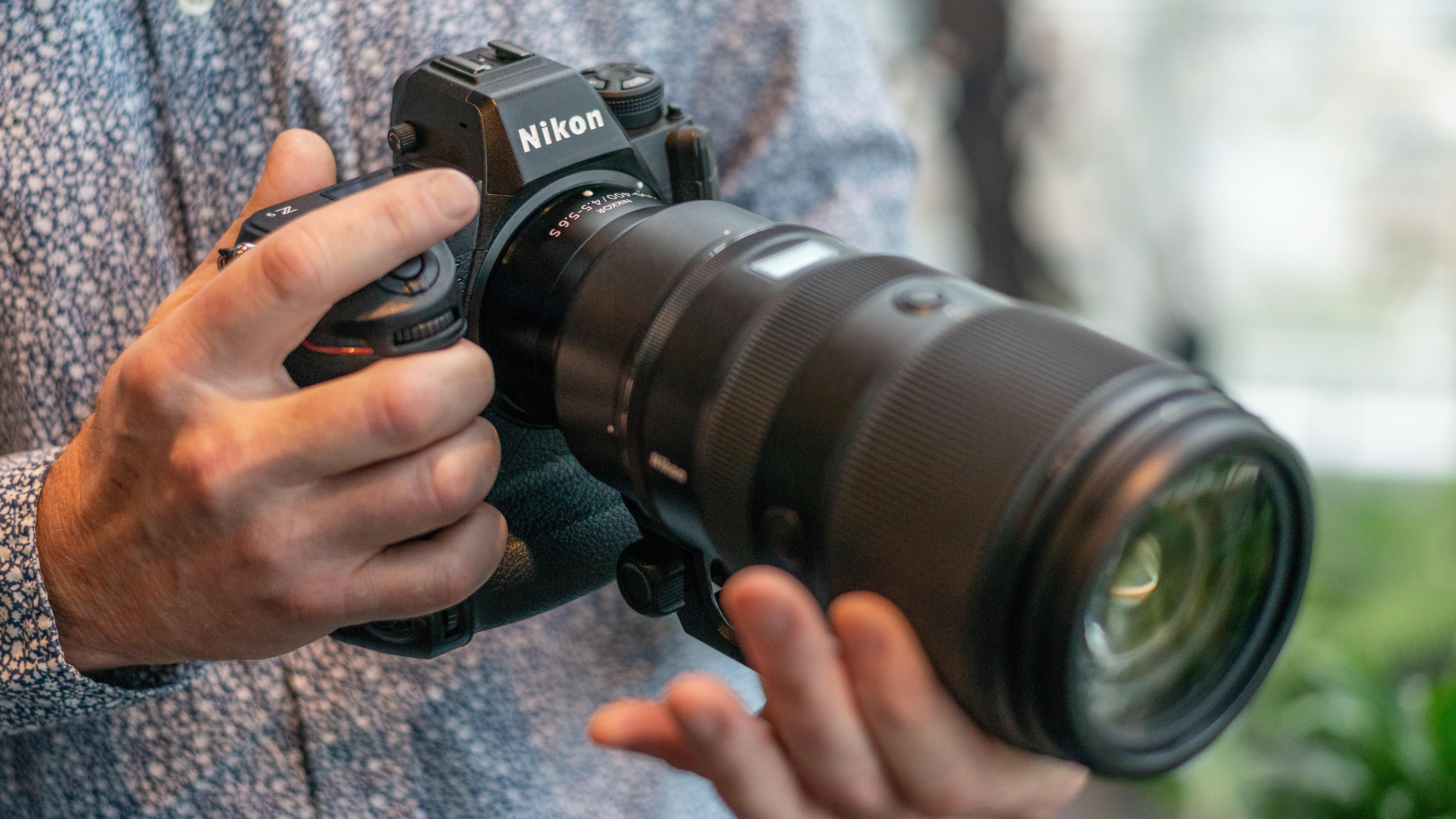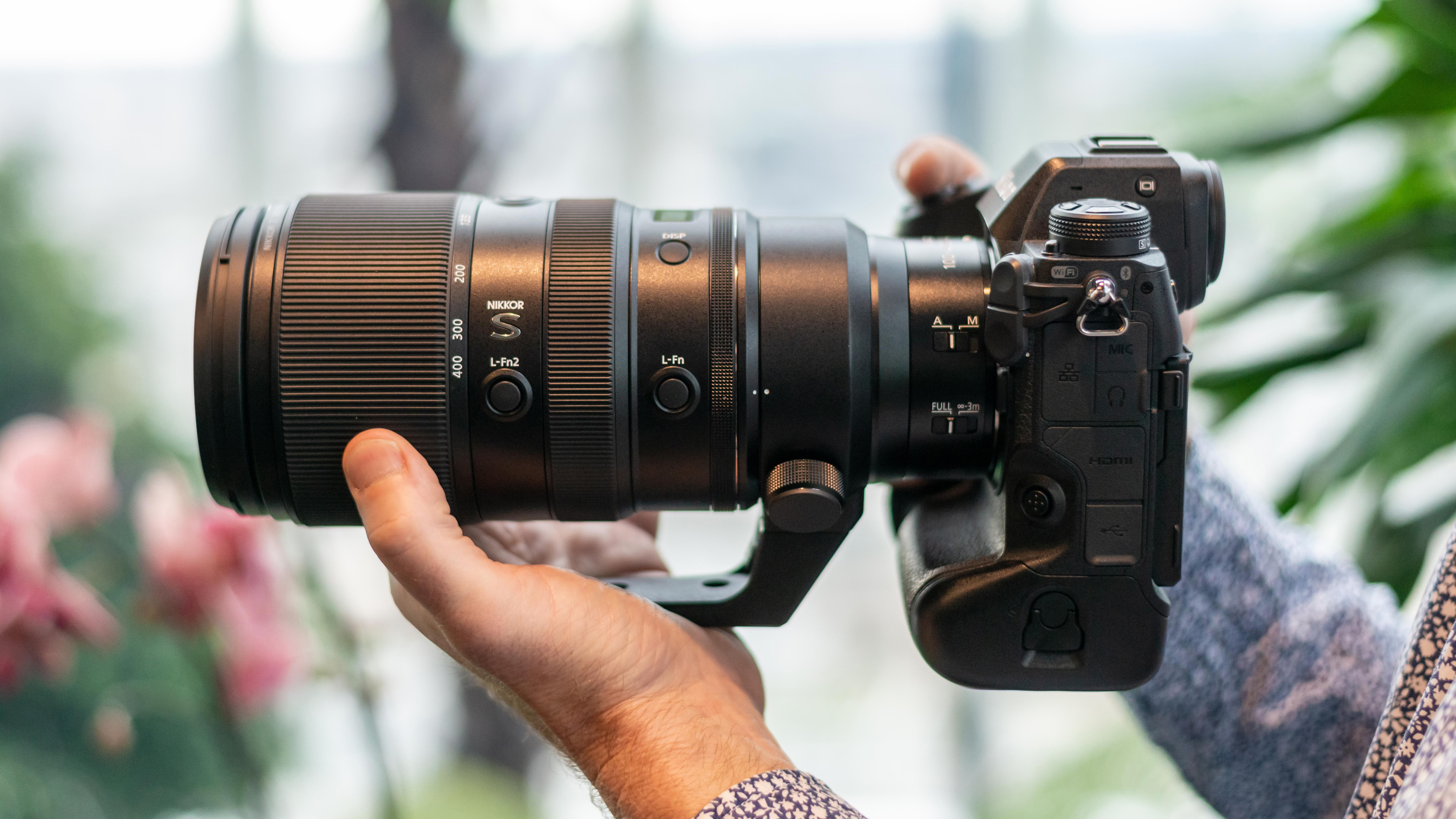
In late 2023 we saw Leica introduce its Content Credentials with the new Leica M11-P – the first manufacturer to market an authentication workflow designed to authorize images taken by its photographers, and to clear the confusion with the rise of AI content appearing in our news feeds.
Now Nikon is also tackling the rise of AI head-on by teaming up with the international press agency, Agence France-Presse (AFP). In an official statement from Nikon Tokyo:
"Nikon Corporation will collaborate with Agence France-Pressw, a news agency based in Paris, France, to commence practical verification of an image provenance function that Nikon has been developing in the field of journalism."
However, this isn't the first time we have seen or heard of this type of workflow from Nikon. Back in 2022 it announced the exhibition of a Nikon Z9 specially equipped with provenance technology from the Content Authenticity Initiative (CAI) – an Adobe-led community leading the global effort to promote secure provenance and attribution data for digital content, to counter the rise of misinformation from AI generators.

This new collaboration with Agence France-Presse and Nikon is a step forward from previous announcements, where we reported that Nikon, Sony, and Canon were banding together in the fight against fake images. This practical and in-the-field testing will ensure the authenticity of images, especially in the realm of journalism, where knowing what is real and what is not is of the highest importance when reporting to the world.
Nikon can now implement this function in its cameras to ensure that images are authentic, and will begin the practical verification within AFP's workflow. What this workflow will look like is unclear at this time, and Nikon does not go into further detail of how this could be implemented into future camera systems.
However, within its official statement, Nikon confirms that this protocol will "involve enabling the attachment of information such as sources and provenances from the moment of image capture. The objective is to improve the reliability of news photos and streamline the fact-checking process".

Nikon has newly incorporated electronic watermarking technology into its image provenance function, and will also be developing a feature that would generate images with embedded watermark data that will communicate directly within the camera system itself.
With this new electronic watermarking technology it is believed that, even if the metadata compliant with the specifications of the Coalition for Content Provenance and Authenticity (C2PA) is accidentally deleted, the "relationship" with the original image can be maintained. This would enable the photographer and photo editors to construct a more robust authentication system, thereby contributing to higher-quality image verification – an invaluable asset for a press agency.
"AFP is proud to unite our strengths with Nikon to address the critical matter of image provenance," said Agence France-Press. Together, we aim to elevate the standards of professional journalism and foster a renewed sense of trust within the public sphere.
"Through this partnership, we are poised to develop the way images are sourced, verified, and shared, ensuring an unwavering commitment to authenticity and transparency. Together, we work towards a future where the truth matters, empowering individuals and institutions with accurate and reliable information."
How and when Nikon will introduce this new image authentication software and workflow into its cameras is unknown, and whether it will be available to wider cameras still in use is yet to be seen. In my opinion, this feature will become available to Nikon Z9 and Z8 users – those using older equipment might have to upgrade, but only time will tell.
However, while the details are rather vague, it is certain that in 2024 and beyond we will see more companies develop workflows to authenticate photographers' work in a world where AI-image generation is a real problem.
Take a look at the best Nikon cameras, along with the best Nikon lenses and best Nikon Z lenses to use with them.







